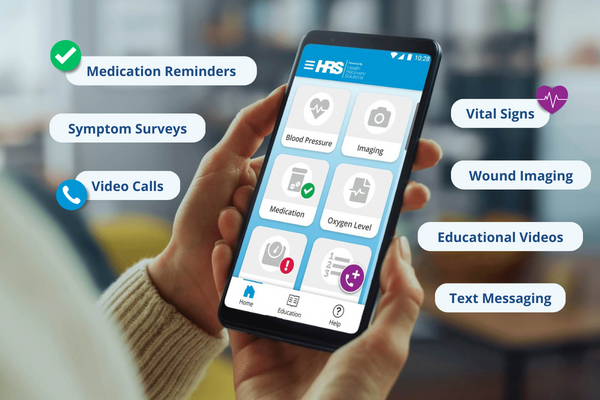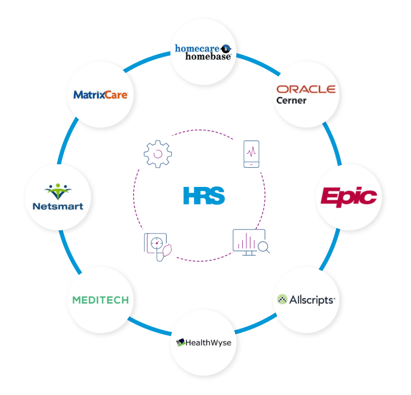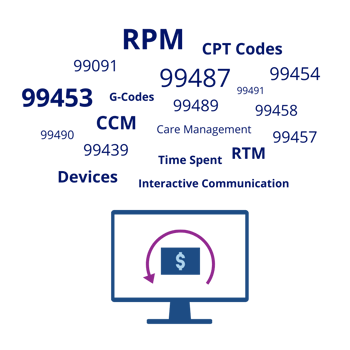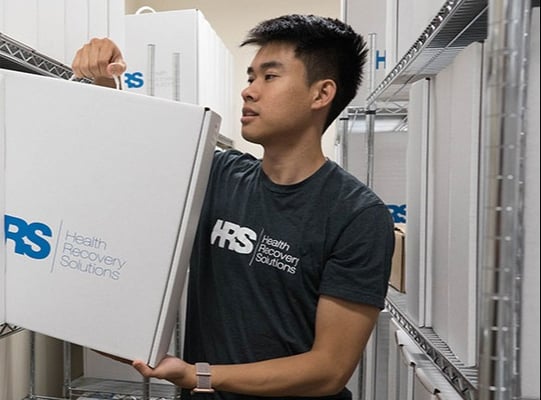Care at Home with the Leader in Remote Patient Monitoring
Putting Patients First for Over a Decade, HRS is the Award-Winning Pioneer that Leading Healthcare Organizations Trust Most for Enterprise RPM Solutions
Serve more patients in more settings with HRS, the only single source partner with experience in every care setting. Our proven, effective remote care solutions help you:
- Optimize clinical workflows to alleviate staff burnout and turnover
- Reduce the length of hospital stays and increase bed capacity with virtual care
- Increase patient adherence, engagement, and satisfaction to improve outcomes
HRS Clients Improve Outcomes & Achieve Results

75% reduction in 30-day readmission for high-risk patients

71% decrease in hospital readmissions among CHF patients

30-day readmission rate decreased by 53% for heart failure patients

$500,000 in cost savings and a 7% 30-day rehospitalization rate

0% readmission rate for CHF patients

96% Patient Satisfaction and $2.3M in Savings in 12-months

10.5% readmission rate and 86% daily patient adherence rate

7.1% all-cause readmission rate over a 6 month period

Savings of $1.9 million in cost avoidance for payers
US Health
System Clients
Patient Lives Impacted
Condition-Specific
Care Plans
Case Studies
Showing ROI
Patients Virtually Onboarded
Scalable Solutions for Remote Care Management Across Your Enterprise
Improve patient outcomes and reduce costs with the industry's leading remote care management solution. Whether you're monitoring 100 patients or 1,000+, Health Recovery Solutions has the technology and expertise to meet your needs. Our team of clinical advisory, logistics, support, and reimbursement experts will partner with you to ensure the success of your program.
Transform the way patient care is delivered with the most advanced and customizable remote patient monitoring kits
Empower patients to take control of their health with PatientConnect® – the industry-leading remote patient monitoring solution that can be tailored to meet individual needs.
- Streamline clinician workflow with real-time patient-provider communication tools
- Reduce readmission and emergency department (ED) utilization by improving patient engagement and self-symptom management
- Improve patient outcomes with a complete hospital-at-home approach - including the option for continuous remote monitoring for higher acuity patients
- Engage caregivers to support increased patient satisfaction and adherence through the CaregiverConnect® mobile application
Optimize clinician workflows, enroll patients, and enrich electronic health records through real-time data exchange with your EHR
Reduce redundancy and duplicate documentation with integration between the HRS ClinicianConnect® portal and your EHR. Automatically enroll new patients in the RPM program directly from your EHR.
- Out-of-the-box integrations with every EHR platform
- In-house EHR integration team gets you up and running fast - no third parties or additional costs
- Real-time data exchange ensures the continuous and immediate transfer of data between systems
Navigate the ever-evolving world of telehealth reimbursement with expert guidance from our in-house reimbursement specialists
Our team will help you claim reimbursement from CMS, commercial payors, partners, and private pay sources.
- 1:1 reimbursement consultation to help you increase the ROI of your RPM program
- Ongoing education and guidance on the latest reimbursement and grant funding sources
- Monthly reimbursement reporting through HRS Analytics
Improve the quality of care for your patients and optimize clinical workflows with tools and resources designed by clinicians for clinicians
HRS Clinical is here to help you build a successful RPM program from the ground up. Our clinical experts have years of hands-on experience and are here to help you build a clinical operation that is of the highest quality, patient centered, and efficient. With HRS you can:
- Augment your clinical staff with 24/7 clinical monitoring and triage through CareConnect™
- Transform your approach to wound care management with WoundConnect™
- Simplify clinical workflows with ClinicianConnect®, a patient management portal that integrates with your EHR
- Equip your clinicians with expertly crafted operational workflows, clinical playbooks, and training
Offload the time-consuming and complicated process of logistics and inventory management and focus on caring for your patients
From pre-enrollment through post-discharge, HRS will handle the time-intensive process of sanitizing, provisioning, and calibrating equipment—and ensuring it’s packaged and shipped from one patient to the next. With HRS Logistics, you can count on:- Complete logistics and inventory management service owned by HRS
- Hassle-free, highly effective way to get patients up-and-running on your RPM program quickly
- Access to HRS Engagement Specialists for patient equipment installation and education & outbound shipment tracking
Make data-driven decisions using actionable data and insights on your RPM program's performance
Program performance reports that unlock the growth potential and value of virtual care for each healthcare provider, payor, and payvider. HRS data and analytics help healthcare organizations:
- Clearly demonstrate program ROI
- Identify program inefficiencies
- Uncover opportunities to scale
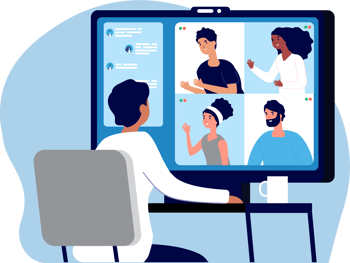
Connect with a Digital Health Advocate to get started
The fastest way to design your telehealth and patient monitoring program is to speak with our DHA team. We'll help you understand the key components of the program, including reimbursement and patient engagement.
Health Recovery Solutions is an extremely collaborative partner. Their implementation launch process was top notch. The handholding and support that they provide with the implementation process and the ongoing level of project management and executive support are stellar.Virtual Care Director, January 2024
HRS client feedback to KLAS
Why Choose HRS? Experience Matters.
Our clinically-enabled patient-centric solutions ensure patients and care teams are always connected.
Care teams leverage HRS’ platform to make timely interventions and optimize clinical workflows to improve outcomes and lower costs.



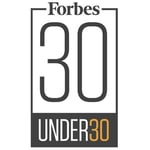
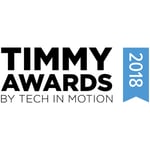


How We Help: Every Patient, Every Care Setting
HRS supplies the most advanced RPM platform for
We are focused on driving results for each of our partners. As a leading telehealth technology vendor, we provide the best and most up-to-date technology to help our clients:
- Increase patient engagement through education, automated reminders, and virtual visits
- Improve clinical outcomes by providing a touch-point between and after in-person visits
- Identify patients who are at-risk for adverse events through predictive analytics
